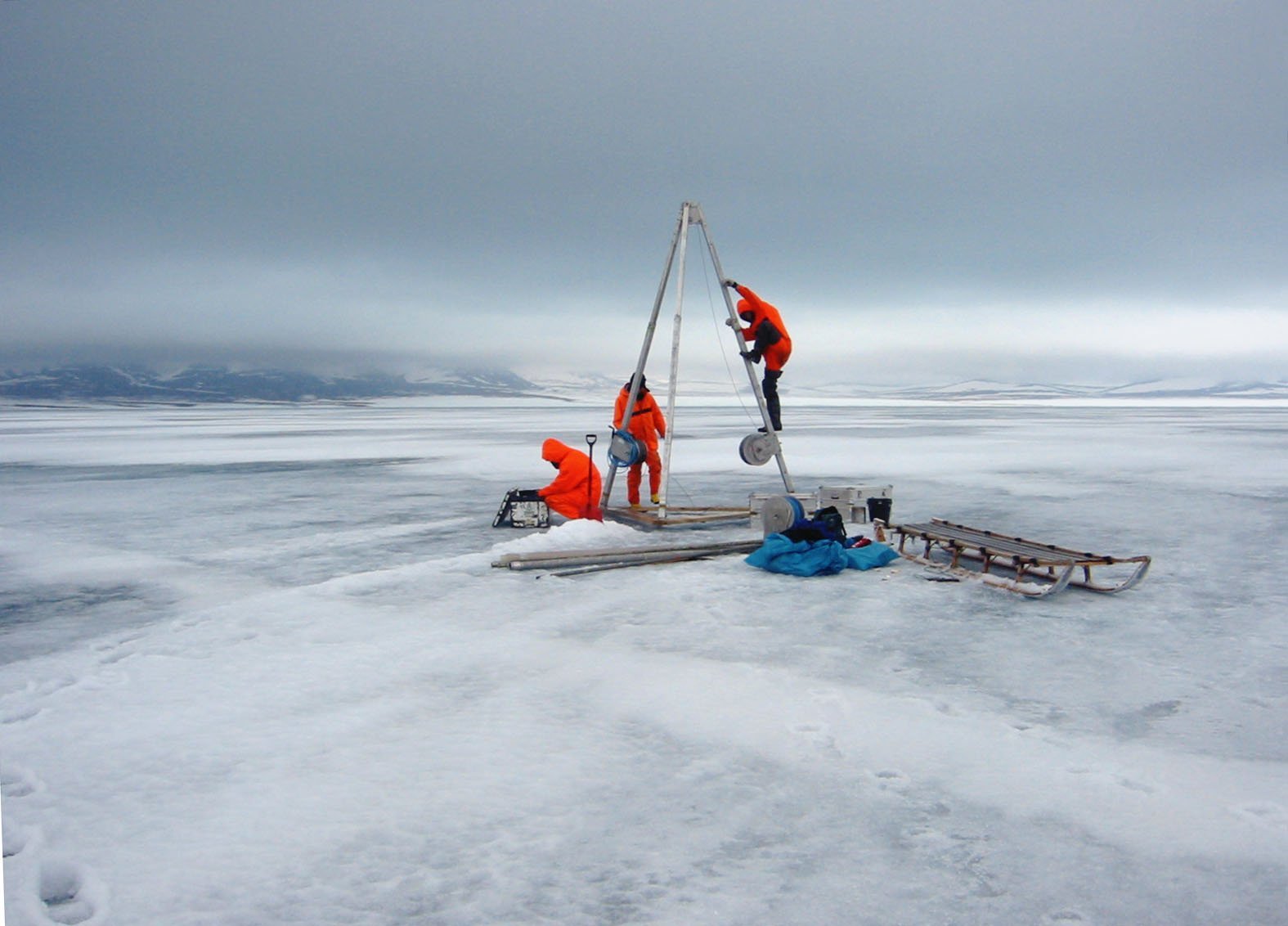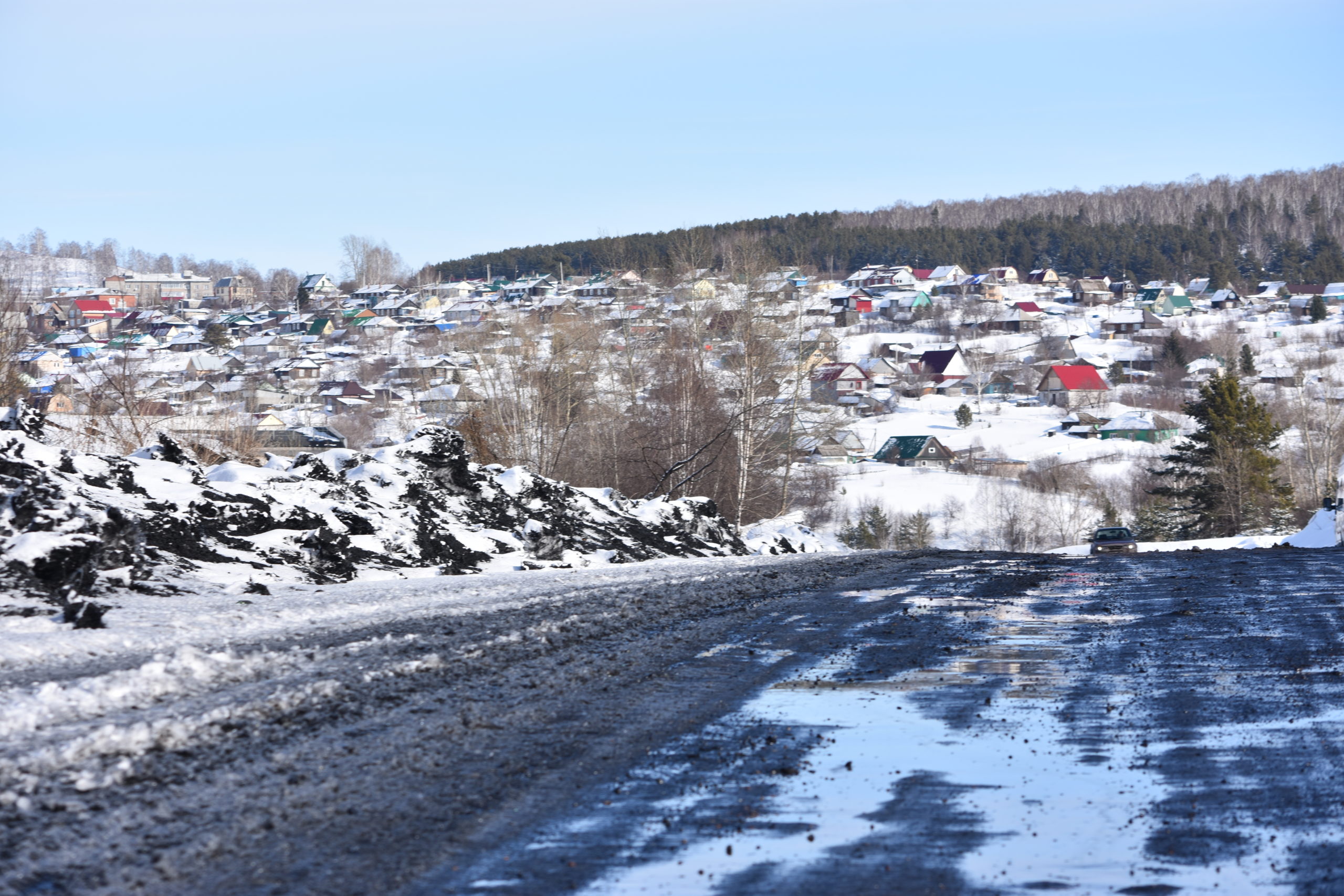How thawing permafrost could resurrect long-dormant diseases
Viruses and bacteria lurking in frozen Arctic soil could be freed by global warming.

MOSCOW — In 2016, a 12-year-old boy died and more than 70 people were hospitalized in north-eastern Siberia after an outbreak of a bacteria that scientists had long believed was dormant.
The culprit: global warming.
Scientists say the anthrax bacteria was released by thawing permafrost. Temperatures rose, and animals became ill. Then, people slaughtered a sick reindeer, becoming infected themselves.
As global warming thaws once-frozen soils, releasing pathogens, such outbreaks could become more common.
[How collapsing permafrost is transforming Arctic lakes, ponds and streams]
“The danger is real,” says virologist Jonas Schmidt-Chanasit from the Bernhard Nocht Institute for Tropical Medicine in Hamburg. Bacteria could have survived for centuries on bodies buried in the frozen soil that is now thawing due to rising temperatures, he says.
Climate change is having a disproportionate effect on Arctic regions with permafrost, including Alaska, Canada and Siberia.
Copernicus, the European Earth observation program, said May 2019 was the warmest on average worldwide since records began in 1979.
Siberia was recorded as being up to 10 times hotter than the average recorded between 1981 and 2010, while Alaska and Antarctica were also significantly warmer than average.

People have been buried for centuries in the Arctic permafrost — including those who died of diseases and in epidemics.
Ten years ago, scientists managed to resurrect genetic information about the Spanish flu, the epidemic that killed millions, thanks to particles in the body of an Alaska Native woman buried near the town of Brevig Mission 75 years ago.
The woman was buried in a mass grave, beneath 2 meters of ice and dirt, where permafrost and her fat reserves combined to preserve the virus in her lungs.
[Outbreak of new diseases in Arctic likened to ‘zombie apocalypse’]
Scientists are now assessing how dangerous such diseases could be.
“Viruses do not pose a greater danger,” says Schmidt-Chanasit.
Usually people only get sick if they are exposed to a relatively high viral load. Diseases also become less infectious over time; the longer a body with a virus remains below the frozen soil, the less dangerous the pathogens are likely to be.
Schmidt-Chanasit says that while researchers have found viable viruses when drilling in ice or permafrost, “they were brought to life under laboratory conditions.”
Bacteria, however, are more resistant, which makes them more dangerous. “Anthrax spores are environmentally stable,” says Schmidt-Chanasit. They can survive for a long time in frozen soil and infect animals, then people.
The bacteria that causes anthrax — also known as splenic fever — has already infected entire herds of reindeer on the Yamal Peninsula. After deaths were recorded repeatedly in recent years, many animals are being vaccinated as a precaution.
The danger that bacteria will mutate, however, presents a further worry.
Two years ago, Russian biologists discovered microorganisms in layers of permafrost in Yakutia, in northeastern Siberia, that they estimated to be more than 3 million years old.
If such long-frozen pathogens exchange their genetic material with present-day bacteria, harmless microbes could become dangerous, the scientists said, according to a report by Russian state news agency TASS.
And thawing permafrost is not the only threat to people’s health amid global warming.
Ticks and mosquitoes are also playing a growing role as vectors of infectious diseases previously restricted to warmer regions, as they are able to survive the increasingly mild winters.
Last year, people in the south of France were infected with the Zika virus transmitted by tiger mosquitoes, which have become native to the area, in the first detected occurrence in Europe.
The newly imported and sometimes-fatal West Nile virus is also causing outbreaks in Europe. Germany reported its first case in September 2019. The virus, which originates in Africa, was previously known as an epizootic disease mainly affecting birds.
Worryingly, the virus can now be transmitted by domestic mosquitoes.
Here too, climate change counts, experts say.
The warmer the temperature, the faster the pathogen in the mosquito reproduces, increasing the risk of transmission.
Reporting by Benno Schwinghammer in New York and Christian Thiele in Moscow.